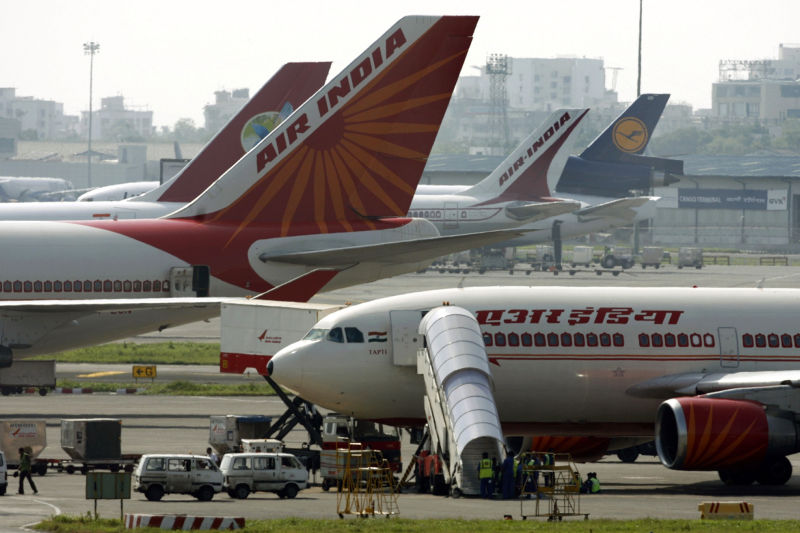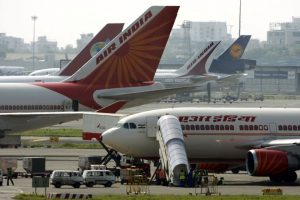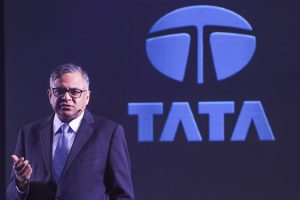India’s beleaguered national airline has landed back in the hands of its founders, decades after it was nationalised and following years as a monumental burden on the public purse.
Tata, a sprawling family-owned conglomerate with interests ranging from tea to software, is back in charge of Air India after concluding the 180 billion rupee ($2.4 billion) deal.
Thursday’s handover marked the end of a long search for a buyer by India’s government, which has spent nearly $15 billion propping up the airline since 2009.
“We are totally delighted that this process is complete and very happy to have Air India back,” Tata Sons chairman N. Chandrasekaran told reporters after meeting with Narendra Modi, India’s prime minister .
“We look forward to working with everyone to create a world-class airline.”
Air India was founded in 1932 and its maiden flight was piloted by JRD Tata, then-chairman of the eponymous firm.
Dali-Designed Ashtrays
The airline offered a slice of the high life, showcasing Bollywood actresses in its advertisements and even commissioning Spanish surrealist Salvador Dali to design its ashtrays.
India’s newly independent government bought a majority stake in 1953 but by the end of the century the venture was struggling to compete with Gulf carriers and no-frills airlines.
Successive Indian governments tried to privatise the company but its huge debts and New Delhi’s insistence on retaining a stake — since abandoned — put off would-be buyers.
Tata will take on around a quarter of Air India’s 615 billion rupee debt, while the remainder will be transferred to a special-purpose vehicle.
In return it gets a fleet of around 120 aircraft, 6,200 airport gate slots in India and a further 900 overseas for a carrier that operates half of all international flights from India.
Analysts believe the deal will give the struggling airline a much-needed lift. “Air India is one of the most neglected government organisations ever. Now that freshness will come back,” aviation sector analyst Mark Martin said.
“We’ll see an Air India which is more bright, more chirpier, more customer-friendly, more people-oriented.”
- AFP, with additional editing by George Russell























